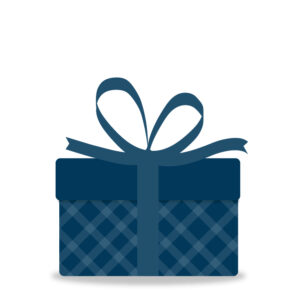Hanukkah (or Chanukah) is a Jewish festival, beginning on the twenty-fifth day of Kislev, the third month of the Jewish lunar calendar, usually in December. Hanukkah marks the reconsecration of the Temple in Jerusalem after its recapture from the Syrian Greeks around 165 B.C. A miracle recorded in the Talmud accounts for festivities held over eight days and nights.During the Syrian occupation, King Antiochus IV decreed that the Temple of Jerusalem was to become a temple of the Greek god Zeus. He burned the scrolls of the Torah and attempted to force the Jews to make sacrifices to Zeus. Mattathias Maccabee and his five sons led a three-year-long revolt that drove the Syrians out. The desecrated temple was cleansed from top to bottom, a new altar was built of stones, and the traditional order of worship was restored.
To rekindle the flame of the Eternal Light, only one day’s worth of pure olive oil could be found and it would be eight days until fresh jars of oil could be brought into the temple. Miraculously, the single day’s supply burned for eight days and eight nights.
To remember this miracle, Jews light candles each night of the festival. The first evening only one candle is lit, the second night two are lit, and so on for the eight days. Hanukkah is also known as the Festival of Light, the Feast of Dedication, or the Feast of the Maccabees.
Sometimes gifts are part of the festival that celebrates the Jews’ independence from their oppressors. Traditionally, Hanukkah gelt (money) was given, symbolizing the Jews’ freedom to coin their own money. Today, in place of gelt, the gifts may be coins or chocolate coins wrapped in gold foil paper.
In some families, parents hide a gift for each child every night and the children search through the house for them. The gifts are often small symbolic tokens related to Hanukkah, such as candles, a menorah, a dreidel (a spinning top used in a children’s game of chance), or cookies in Hanukkah shapes, until the last night when each child receives a special present.
On December nights, one can see flickering candles set in eight-branched candelabra through the windows of Jewish homes. The lights may be pale in comparison to the blaze of Christmas trees, but they symbolize joy, religious freedom, and faith. Hanukkah is a time for songs, stories, presents, riddles, arithmetic problems, games, prayers, and meals that feature latkes.
Sandwich Menorah
This snack is a reminder of the Hanukkah menorah.
- 1 large slice of bread
- 1/4 cup cream cheese, softened 9 pretzel sticks
- 9 candy corns
Spread cream cheese on the bread. Break a small piece (1″ or so) from a pretzel. Place the shortened pretzel in the center of the sand which and the remaining pretzels on both sides of the smaller pretzel. Stick a candy corn at the top of each pretzel to represent the candles.
Latkes
Serve latkes with applesauce and sour cream.
- 6 medium-sized potatoes
- 1 medium-sized onion, peeled
- 1 teaspoon seasoning salt
- 1/4 teaspoon pepper
- 3 tablespoons flour
- 2 eggs, slightly beaten
- 1 to 2 tablespoons vegetable or olive oil
Peel the potatoes, holding them in cold water until they’re all peeled. Drain on paper towels. Using a large grater or food processor, grate the potatoes and onion. Pour off any excess liquid. Mix the salt, pep per, and flour together. Stir into the potato mixture and mix well. Stir the eggs into the potato mixture.
Heat the oil in a large nonstick frying pan. Put two tablespoons of the potato mixture into the pan and press it into a thin pancake with a slotted pancake turner. Repeat until the pan is filled. Cook until each latke is golden brown, turn, and cook until the other side is golden. Keep warm in a 250°F oven until ready to serve. Makes 24 latkes.





